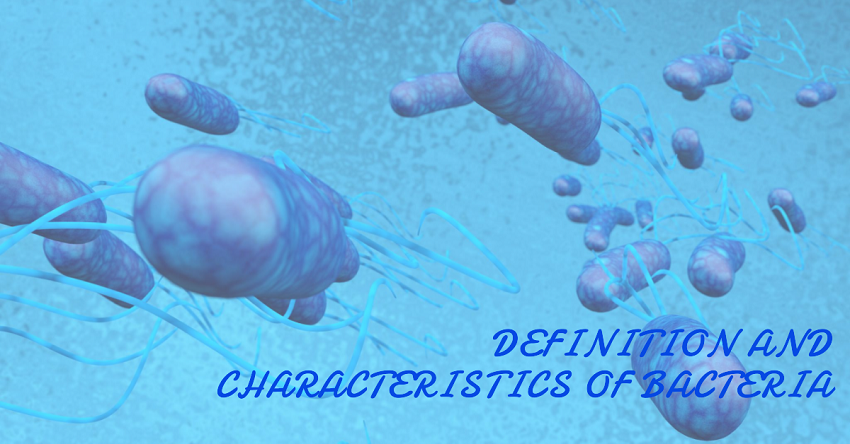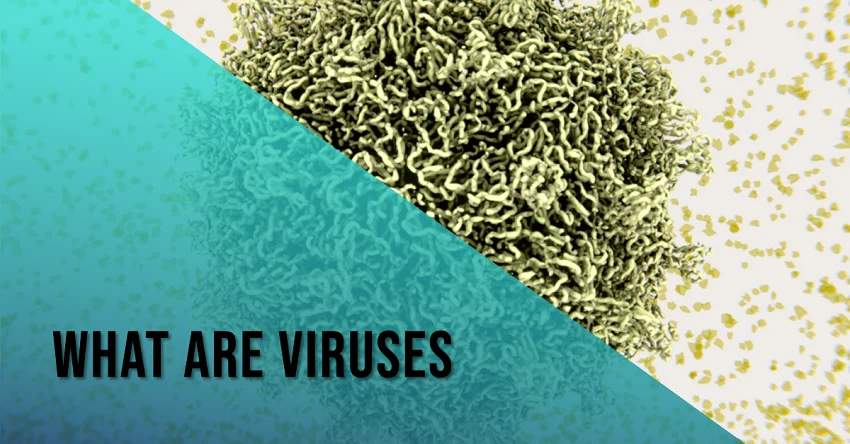Ever wondered why it’s crucial to know how viruses differ from bacteria? You’re not alone. Many of us hear these terms and think they’re the same. But they’re not. Understanding the differences between viruses and bacteria is more than just a science lesson. It’s about knowing what’s making us sick and how to treat it. There are plenty of misconceptions out there. Some think antibiotics can cure viral infections and Bacterial infections . Others believe all bacteria are harmful. By diving into this topic, you’ll clear up these myths and arm yourself with knowledge. So, let’s get started and uncover the truth about viruses and bacteria.
Definition and characteristics of viruses
Viruses are tiny, even tinier than bacteria. Imagine them as little packets that can’t do much on their own. They need to be inside a living host, like us, to come alive and multiply. Without a host, they’re like a car without fuel. They carry genetic material, but they aren’t alive in the traditional sense. This is why they’re often the culprits behind many illnesses; they need us to thrive. Understanding viruses is the first step in knowing how to protect ourselves from them.
Definition and characteristics of bacteria

Bacteria are tiny, single-celled organisms. Unlike viruses, they can live on their own, thriving in various environments, from deep oceans to our own gut. They have their own cell structure, and they multiply by dividing into two. While some bacteria can cause illnesses, many are actually beneficial and essential for our health. Think of them as tiny workers, some helping us digest food, while others fight off harmful invaders. In essence, bacteria are diverse, living entities that play a massive role in our world and our bodies.
Physical Structure Differences
Physical structure differences” simply means the unique ways things are built or organized. Think of it like comparing the designs of two different houses. For viruses and bacteria, these differences dictate how they function and affect us. Let’s delve into their distinct structures:
Size Matters:
- Viruses: Super tiny. Often, they’re much smaller than bacteria.
- Bacteria: Bigger than viruses but still microscopic. Imagine a tiny dot under a microscope; that’s them.
What they’re made of:
- Viruses:
- Capsid: This is like a protective shell, guarding their core.
- Genetic Material: Inside the capsid, they carry DNA or RNA, which holds their “instructions.”
- Bacteria:
- Cell Wall: A sturdy outer layer that gives them shape and protection.
- Cell Membrane: Just inside the cell wall, it controls what goes in and out.
- Cytoplasm: A jelly-like substance inside where all the action happens.
Reproductive Differences
Dive into the fascinating world of how viruses and bacteria multiply. Their methods are as distinct as apples and oranges!
Dependency on Hosts:
- Viruses: They’re like house guests that overstay their welcome. Viruses can’t multiply by themselves. They need to sneak into a host cell and take over its machinery to reproduce. Without a host, they’re stuck in limbo.
Self-sufficiency:
- Bacteria: These microorganisms are self-reliant. They have a neat trick called “binary fission.” Imagine one bacterium turning into two by simply splitting down the middle. They don’t need any external help; they’re masters of their own fate.
Speed and Numbers:
- Viruses: Once inside a host cell, they can produce thousands of new viruses in a matter of hours.
- Bacteria: While they reproduce quickly, especially in ideal conditions, their numbers typically double with each division.
Functional Differences
Let’s dive into the unique roles and lifestyles of viruses and bacteria. Their functions in nature are as different as chalk and cheese.
Viruses: The Ultimate Dependents

- Obligate Intracellular Parasites: Fancy term, right? In simple words, viruses can’t do much on their own. They need to be inside a living cell to function. Think of them as travelers who always need a place to stay. Without a host, they’re dormant and inactive.
Bacteria: The Versatile Adventurers
- Diverse Habitats: Bacteria are like globe-trotters. They can set up home in a variety of places, from hot springs to icy glaciers, and even inside our bodies. Their adaptability is truly remarkable, allowing them to thrive in both mild and extreme conditions.
Treatment Differences
Navigating the world of treatments for illnesses? It’s essential to know what works for what. Let’s break down the differences in treating viruses and bacteria:
Antibiotics: The Bacterial Busters
- For Bacteria: When you’re down with a bacterial infection, antibiotics are often the go-to. They target and kill bacteria or stop them from multiplying.
- Not for Viruses: Here’s a common misconception – antibiotics can’t fight viruses. Why? Because viruses have a different structure and replicate inside our cells, making them elusive targets.
Antiviral Medications: The Virus Vanquishers
- For Viruses: Got a viral infection? Antiviral medications are your allies. They don’t kill viruses but hinder their growth and spread, giving our immune system a fighting chance.
Impacts on Health
When it comes to our health, both viruses and bacteria play significant roles. But how exactly do they impact us? Let’s dive in:
Viruses: The Uninvited Guests
- Cold to Severe: From the common cold to more severe conditions like COVID-19, viruses can range in their effects on our health.
- Quick Spread: Viruses can spread rapidly, leading to outbreaks or even pandemics.
Bacteria: The Good, the Bad, and The Ugly
- Friendly Helpers: Not all bacteria are foes. Many, like those in our gut, help digest food and keep us healthy.
- Trouble Makers: However, some can cause infections, from a sore throat to more severe illnesses like tuberculosis.
Biological Classification
Let’s break down their classifications and see what sets them apart:
Kingdom of Life:
- Viruses: Here’s a twist – viruses aren’t part of any biological kingdom! Why? Because they aren’t truly “alive” until they’re inside a host.
- Bacteria: They belong to the kingdom Monera, a realm of single-celled organisms without a nucleus.
Cellular Structure:
- Viruses: No cells here! They’re just protein coats surrounding genetic material.
- Bacteria: Single-celled wonders. They have a simple structure but are fully functional cells.
Living or Non-Living
- Viruses: They tread the line. Outside a host, they’re dormant. Inside a host, they spring to life.
- Bacteria: Definitely alive! They grow, reproduce, and can survive in diverse environments.
Conclusion
Understanding the differences between viruses and bacteria is more than just a tidbit of knowledge; it’s a health essential. Viruses require a host to thrive, while bacteria can live independently. This distinction directly influences how we treat illnesses they cause. Using the wrong treatment can be ineffective or even harmful. By distinguishing between the two, we can make informed decisions about our health, ensuring quicker recoveries and fewer complications. In a world filled with health challenges, being informed is our best defense. Equip yourself with the right knowledge; it’s a step towards a healthier you